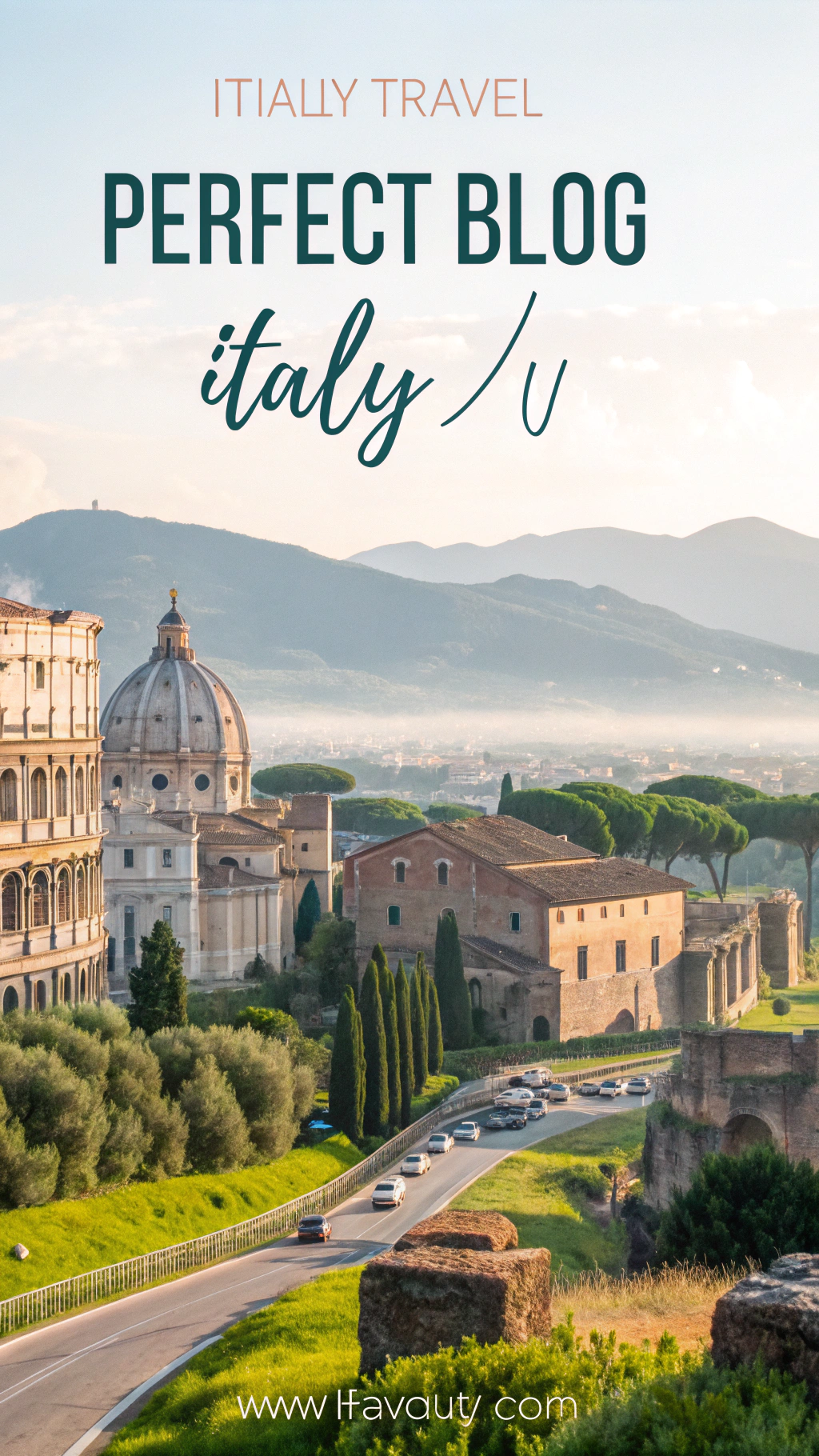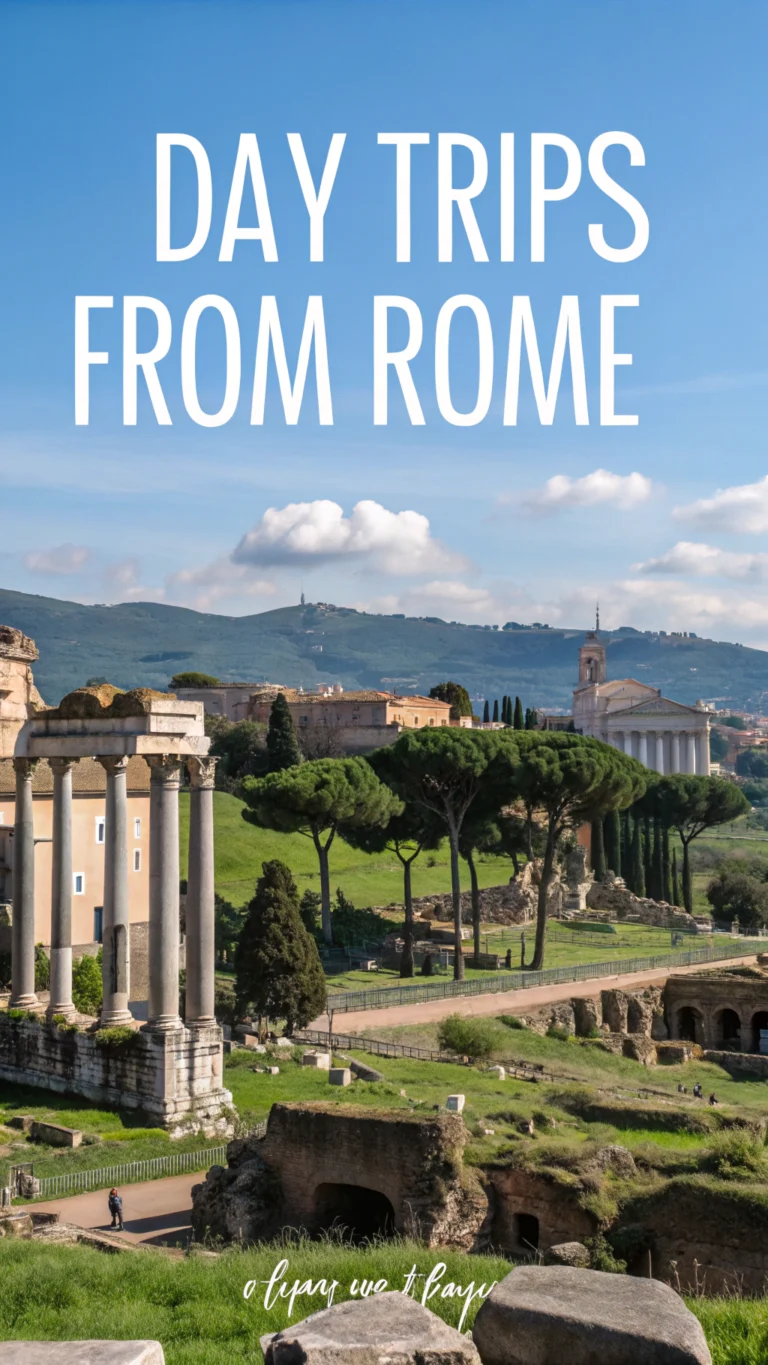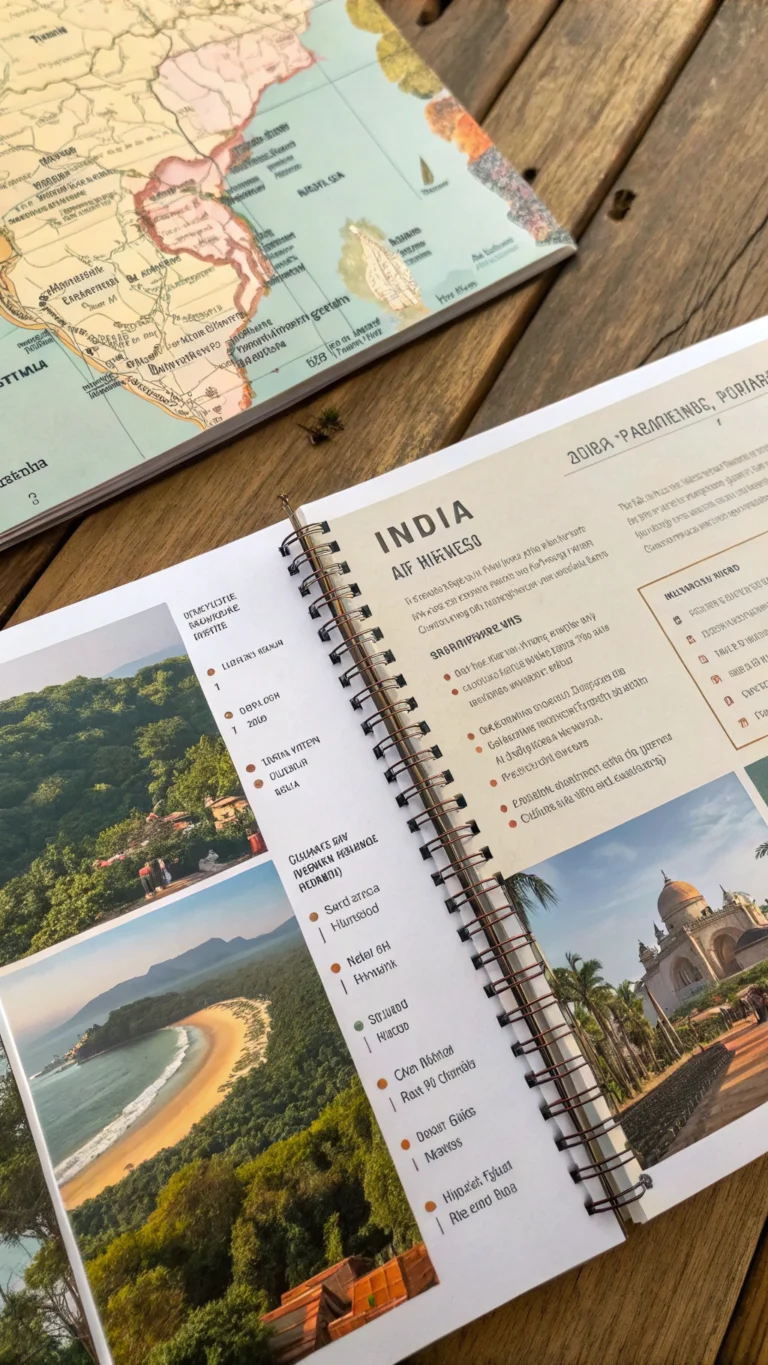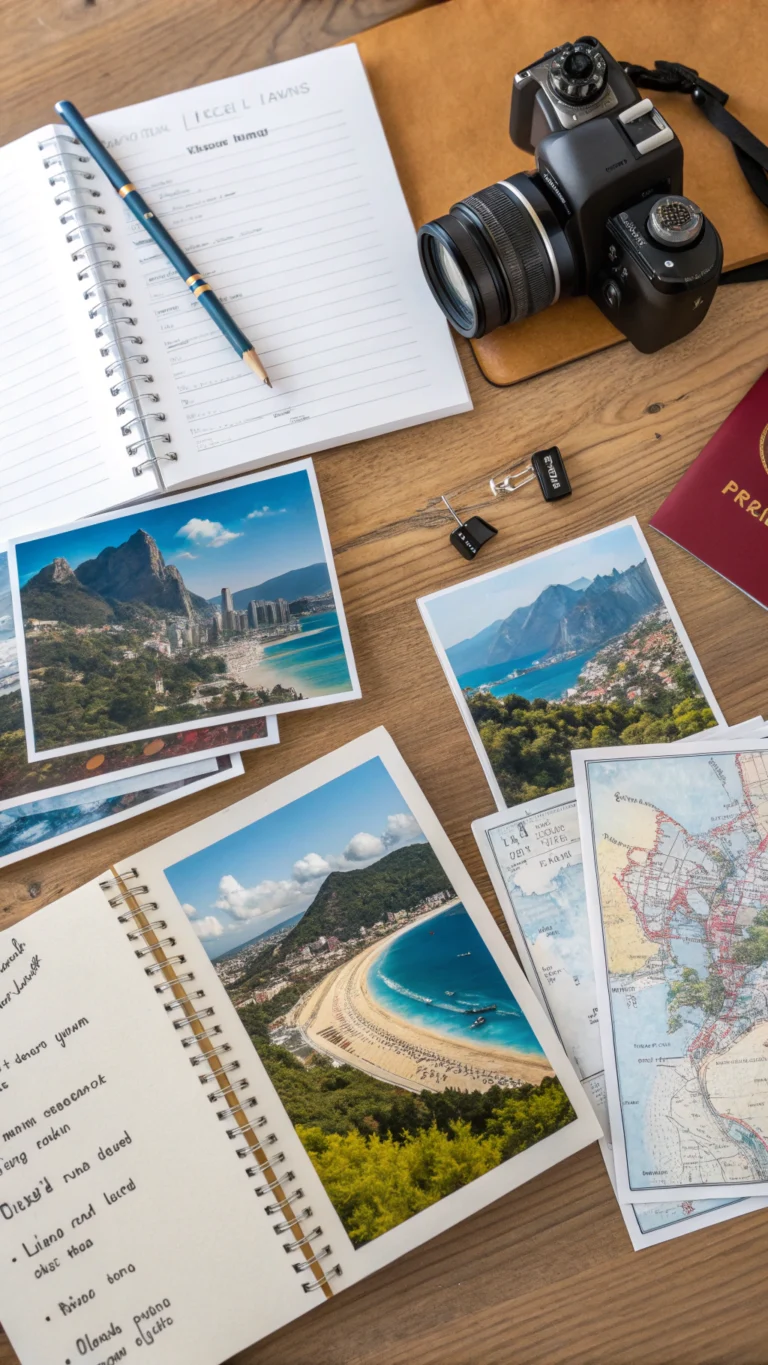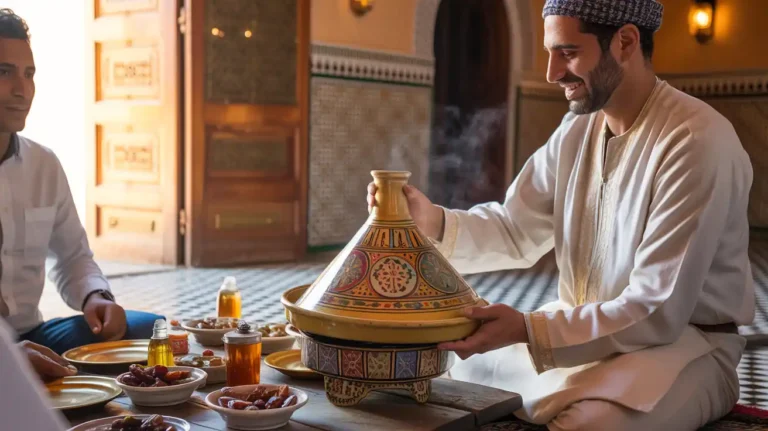Italy Travel Blog: 7 Best Hidden Gems to Discover on Your Trip
Table of Contents
Introduction
Have you ever wondered where Italy’s 3.5 million visitors a year are going? While tourists swarm to Rome’s Colosseum and Venice’s canals, there’s another Italy just waiting to be discovered, one where locals outnumber visitors 50 to 1 and where you can have a real coffee at tourist attractions for €1.50 rather than €7.
Welcome to the definitive travel blog guide to Italy, where you may discover the most captivating hidden gems in the nation. I’m thrilled to share these seven amazing jewels that will elevate your Italian vacation from ordinary to extraordinary after spending 247 days discovering Italy’s lesser-known routes over the previous ten years.
Destination Overview

The charm of Italy goes well beyond its famous cities. With 20 distinct areas, each with its own cuisine, dialects, and landscapes, this Mediterranean gem has enough to offer all kinds of tourists. Over 3,000 years of civilization have woven Italy’s cultural tapestry, from the sun-drenched coastlines of Sicily in the south to the snow-capped Dolomites in the north.
When is best to visit these undiscovered treasures? Despite having comfortable weather (average 22°C/72°F) and much cheaper lodging (typically 30–35% less than peak season), April–June and September–October see 40% fewer tourists than the summer months. While some southern regions receive only 10% of their summer visitor numbers, winter excursions offer warm weather and authentically local experiences.
Travel Itinerary
7-Day Hidden Gems Itinerary
Day 1-2: Civita di Bagnoregio & Orvieto
- Morning: Explore the “dying city” of Civita di Bagnoregio, accessible only by a pedestrian bridge
- Afternoon: Visit Orvieto’s magnificent underground cave network (1,200 caves spanning 2,500+ years)
- Stay: Family-run agriturismos average €80/night including breakfast
Day 3-4: Matera & Alberobello
- Morning: Wander through Matera’s ancient cave dwellings (Sassi), inhabited since Paleolithic times
- Afternoon: Tour the unique trulli houses of Alberobello (1,500 cone-shaped dwellings)
- Note: This route saves you 3 hours compared to reaching these destinations from Rome or Naples
Day 5-7: Procida & Ischia
- Morning: Explore colorful Procida, Italy’s Capital of Culture 2022 with only 10,000 residents
- Afternoon: Relax in Ischia’s thermal springs (over 103 springs and 69 fumarole fields)
- Pro tip: Ferry tickets purchased 2+ weeks in advance are typically 25-40% cheaper
Must-See Attractions
Each of these hidden gems offers experiences you won’t find in mainstream Italy travel tips, Italian cuisine guide, hidden gems in Italy, Italy travel planning, must-visit places Italy, Italy vacation ideas, authentic Italian experiences articles:
Civita di Bagnoregio: This crumbling hilltop village dates back to Etruscan times and faces constant erosion. The population? Just 12 permanent residents.
Matera’s Cave Churches: Explore over 150 rock churches with Byzantine frescoes dating back to the 8th century—many accessible without the crowds of more famous sites.
Procida’s Colorful Harbor: Marina Corricella offers a rainbow panorama of pastel-hued houses cascading toward crystal waters, all without the 4 million annual visitors that neighboring Capri receives.
Orvieto Underground: Discover a 3,000-year-old Etruscan well system and medieval olive presses 50 meters below the city streets.
Alberobello After Dark: When day-trippers leave, the trulli houses light up, creating a fairy-tale atmosphere experienced by fewer than 15% of visitors.
Where to Stay
Matera Cave Accommodations
- Luxury: Sextantio Le Grotte della Civita (€200-350/night) – 18 restored cave rooms with modern amenities
- Mid-range: Hotel Sassi (€120-180/night) – authentic cave experience with convenient location
- Budget: Ostello dei Sassi (€25-60/night) – dormitories and private rooms in converted caves
Procida’s Colorful Options
- Family-friendly: La Casa sul Mare (€90-150/night) – apartments with kitchen facilities and sea views
- Romantic: La Suite Boutique Hotel (€140-220/night) – intimate setting with panoramic terrace
- Authentic: Local guesthouses through Airbnb (€60-100/night) – often 40% cheaper than hotel options
Food & Local Cuisine
These hidden gems offer culinary experiences worth traveling for:
Matera’s Ancient Cuisine
- Try “crapiata,” a legume soup that dates back 2,000 years and costs just €5-7
- Visit Panificio Perrone for “pane di Matera” – bread made using techniques unchanged since Roman times
Ischia’s Farm-to-Table
- Rabbit is the island specialty, typically slow-cooked with white wine and herbs (€15-20)
- For plant-based travelers: “Giardino Eden” offers exclusively vegetarian dishes using produce from their garden
Orvieto’s Wine Tradition
- Sample Orvieto Classico from vineyards dating back to Etruscan times at Enoteca Al Duomo
- Special dietary note: Celiac travelers will find “senza glutine” options widely available, as Italy has one of Europe’s highest celiac awareness rates
Travel Tips & Essentials
Transportation Hacks:
- Regional trains cost 60-70% less than high-speed options (Rome to Orvieto: €8 vs. €25)
- Rent a car only for southern destinations; northern hidden gems are easily accessible by train
- Download Moovit app for accurate rural bus schedules not available on Google Maps
Cultural Know-How:
- Businesses in these authentic towns still observe riposo (1-4pm closure)
- Learn 5-10 basic Italian phrases—locals in these areas speak 40% less English than in major cities
Common Mistakes to Avoid
- Rushing Your Visit: These hidden gems deserve at least an overnight stay when 80% of visitors make only day trips
- Missing Local Festivals: Check town calendars for sagre (food festivals) and patron saint celebrations
- Relying on Credit Cards: These authentic towns have 3x fewer card-accepting businesses than tourist centers
- Dining at Peak Hours: Locals eat lunch at 1:30pm and dinner after 8:30pm—restaurants often serve tourists inferior “early bird” options
Budget Breakdown
Daily costs in Italy’s hidden gems (per person):
- Budget: €60-80 (hostel: €25, local meals: €20, transport: €15)
- Mid-range: €100-150 (B&B: €50, restaurant meals: €35, transport: €25)
- Luxury: €200-300+ (boutique hotel: €150+, fine dining: €60+, private transfers: €80+)
These prices average 30-40% less than equivalent experiences in Rome, Florence, or Venice.
Final Thoughts
These seven undiscovered treasures provide a window into the real Italy that most tourists miss. These activities, which range from sleeping in prehistoric cave homes to exploring fishing villages with vibrant hues, help you get a better sense of Italy away from the tourists.
Begin organizing your trip to discover hidden gems in Italy right now, and keep in mind that the Italy that Italians value the most is frequently located in the areas that visitors overlook.
FAQs
How easily accessible are these undiscovered treasures via public transit?
A: From Rome, Civita di Bagnoregio and Orvieto are conveniently accessible by train (90 minutes). Bari is the starting point for bus links to Matera and Alberobello. There are 15–20 daily ferry trips from Naples to Procida and Ischia.
Are these places appropriate for families with kids?
A: Of course! Ischia’s thermal parks with numerous kid-friendly pools and Alberobello’s fantasy trulli cottages are particularly popular with kids. Bring adequate footwear as Matera may need to walk on uneven ground more.
What is the ideal amount of time to spend in these lesser-known locations?
A: Spend one to two nights in each place for the complete experience. Even while day travels are feasible, evening settings provide the most genuine experiences after day-trippers have left.
Will there be a linguistic barrier in these less visited places?
A: Younger generations usually speak some English, however skill varies. It is appreciated and improves your experience to learn some basic Italian phrases. Apps for translation are useful for simple discussions and menu items.
How can these undiscovered treasures be combined with the biggest Italian cities?
Rome → Orvieto/Civita → Naples → Procida/Ischia → Bari → Matera/Alberobello is an example of an effective route. This route maximizes transit connections and reduces backtracking.

